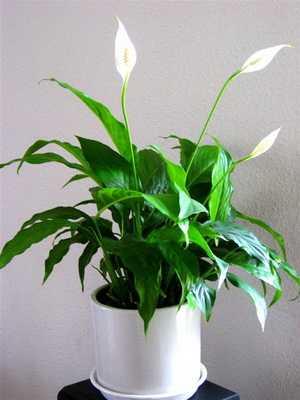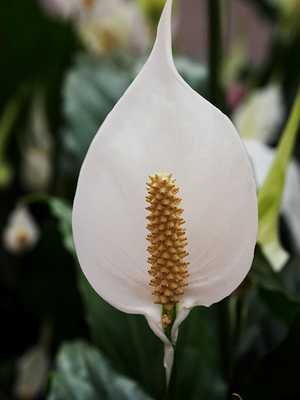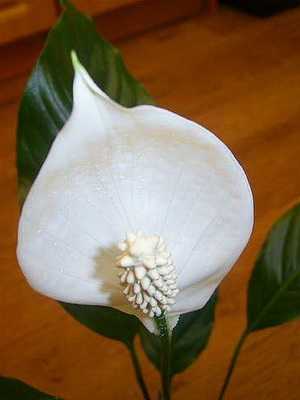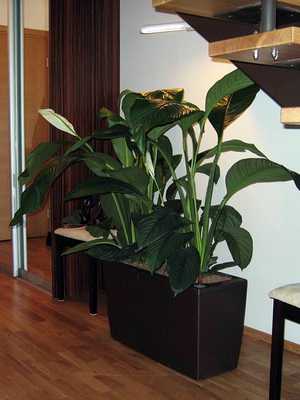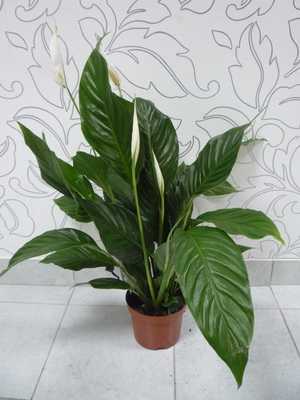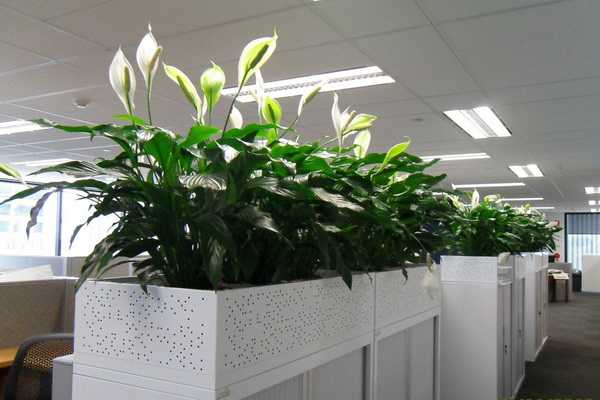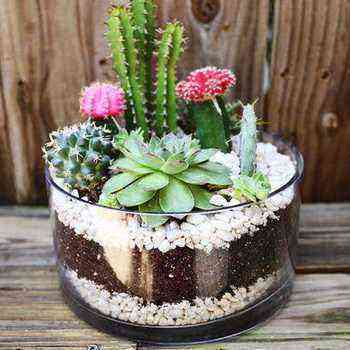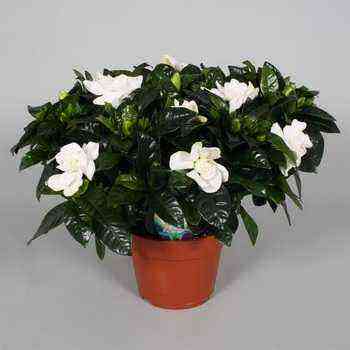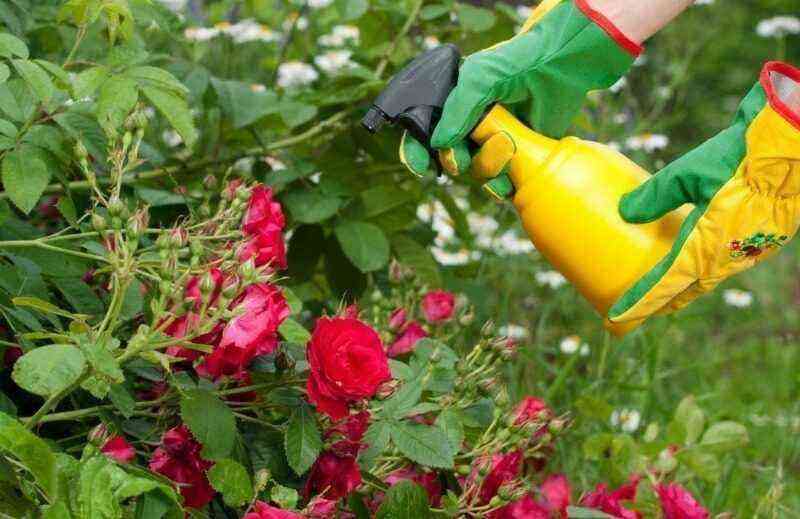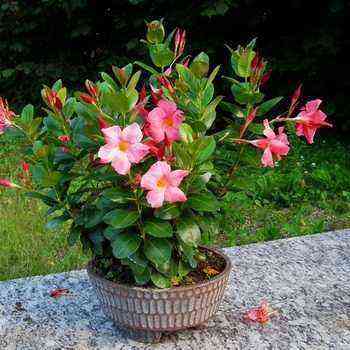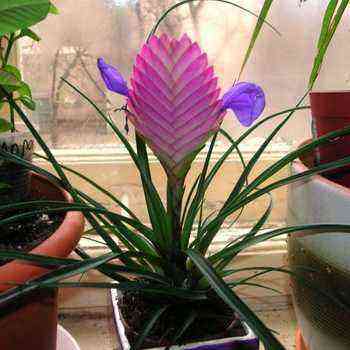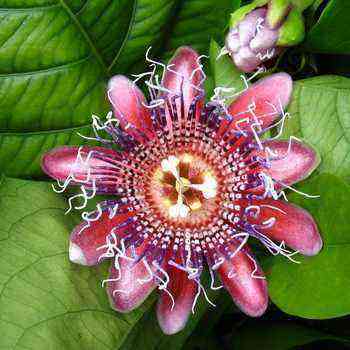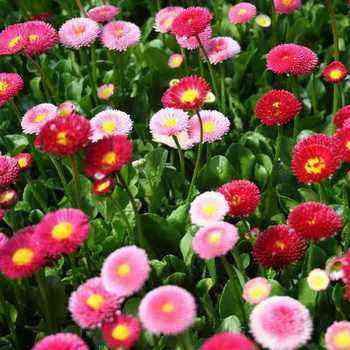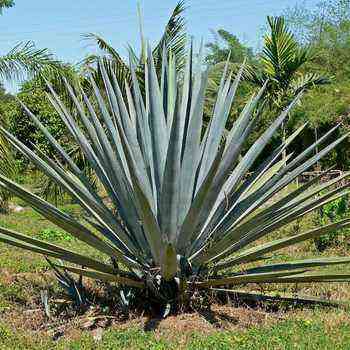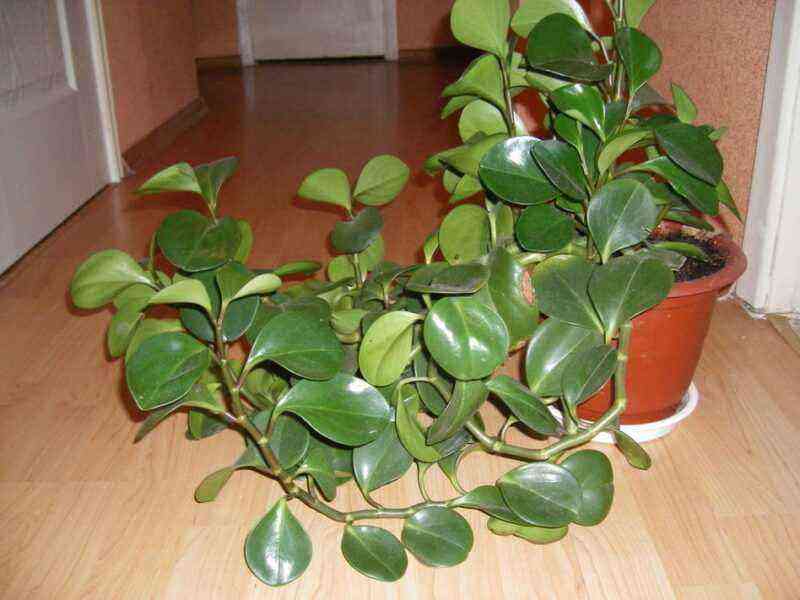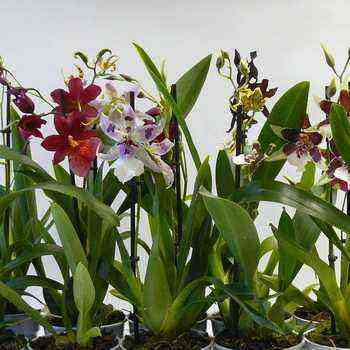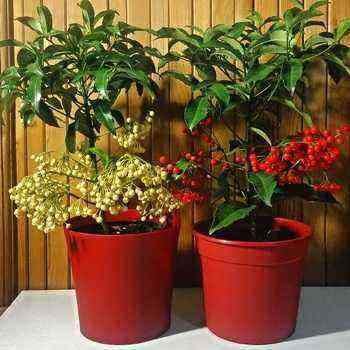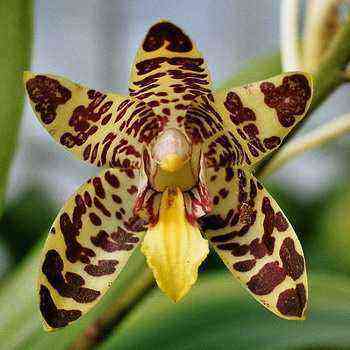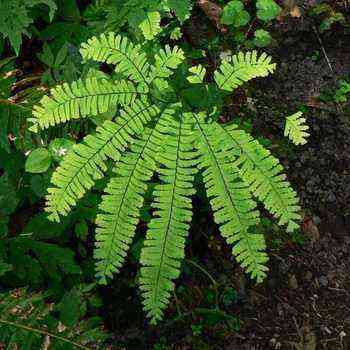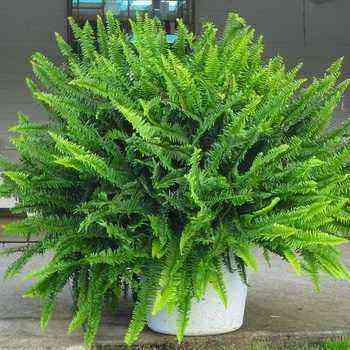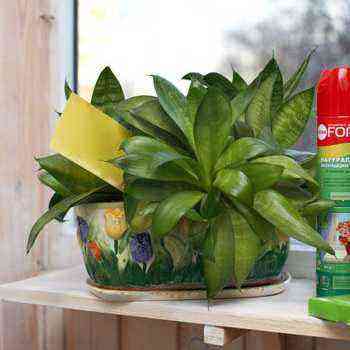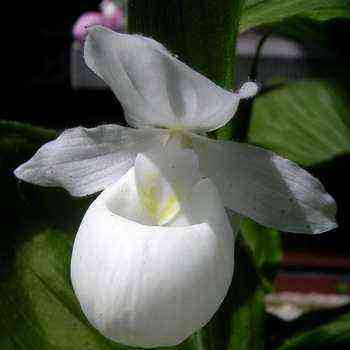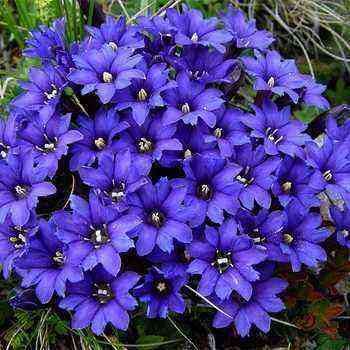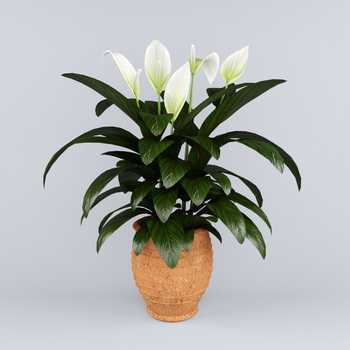
Family: Aroid, light-loving, moderate hydration.
Evergreen herbaceous perennial with xiphoid shiny dark or light green leaves wavy along the edge on long petioles (up to 20 cm), collected in a dense rosette. Spathiphyllum flowers are a narrow cob of white color, about 3-5 cm long, enveloped in a white sheet of bedspread, which can be three times longer than the cob itself. The flowers do not fade sometimes for several weeks, and the sheet of the bedspread turns green over time.
Types of indoor flowers spathiphyllum with photo
A large number of hybrids obtained from spathiphyllum floribundum (Spathiphyllum floribundum) are commercially available, differing in size, as well as the color of the cob and bedspread.
View Wallace’s spathiphyllum (Spathiphyllum wallisii) – the most compact, but no less beautiful, therefore, suitable for small rooms.
You can find other photos of spathiphyllum of various types below:
Spathiphyllum indoor flower care
For active growth and abundant long-term flowering, spathiphyllum is best placed in bright, warm places with humid air: on the eastern and southeastern windows, glazed loggias, in the summer – in the open air. When caring for spathiphyllum flowers, watering should be done regularly all year round, in moderation, it is also advisable to spray it periodically. From spring to autumn, once a month, fertilizing is carried out with a diluted complex fertilizer. Spathiphyllum is transplanted in the spring. It is better to choose a pot that is shallow and wide, since most species have underground horizontal stems. The soil mixture can be made from leaf, peat, coniferous, humus earth and sand (2: 4: 1: 1: 1) with the addition of pieces of charcoal. At the bottom, be sure to pour a good layer of drainage from clay shards, expanded clay or gravel. Spathiphyllum can be propagated by dividing the bush during transplantation and seeds.
Useful properties of indoor spathiphyllum
Spathiphyllum perfectly humidifies the room air, assimilates nitric oxide, formaldehydes, emitted by thermal insulation and furniture made of chipboard. It also reduces benzene and trichlorethylene in our indoor air. Another useful property of spathiphyllum is phytoncidal activity, the plant saturates the air with ozone, air ions.
Large specimens of the plant, due to their unpretentiousness and lush growth, are traditionally used as tapeworms in the design of educational institutions and offices. They perfectly humidify indoor air, assimilate nitric oxide and formaldehyde emitted by thermal insulation and furniture made from particle boards, and reduce the content of other volatile organic compounds (benzene, trichlorethylene). Spathiphyllum leaves secrete phytoncides and enrich the air with air ions. Young small specimens look great as part of decorative compositions from potted plants, delighting and raising the mood with long graceful flowering. Flowers can also be used when making bouquets.
